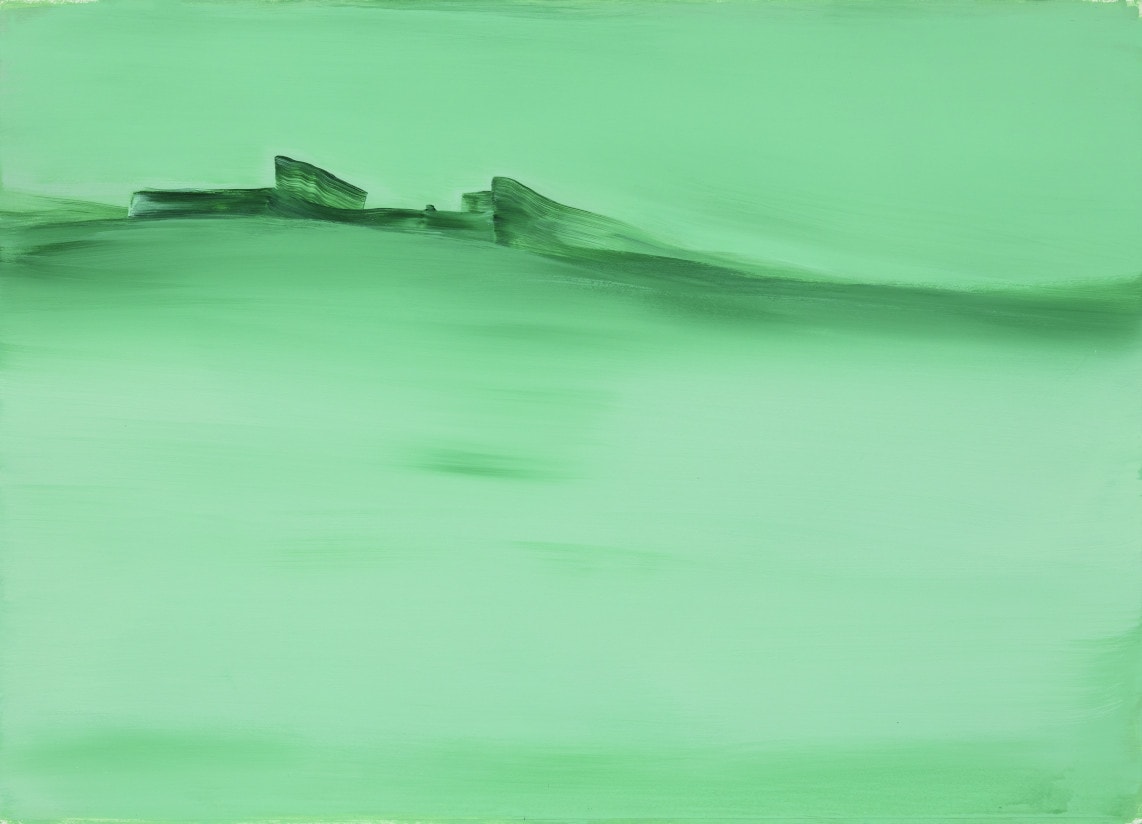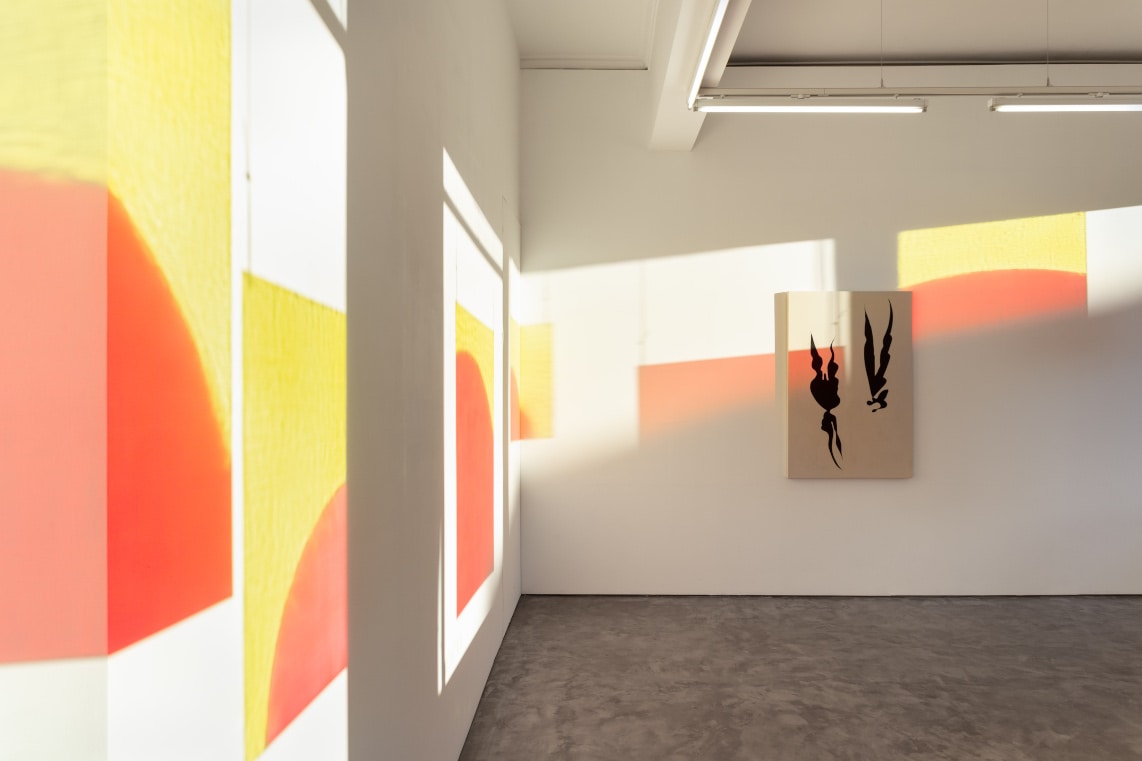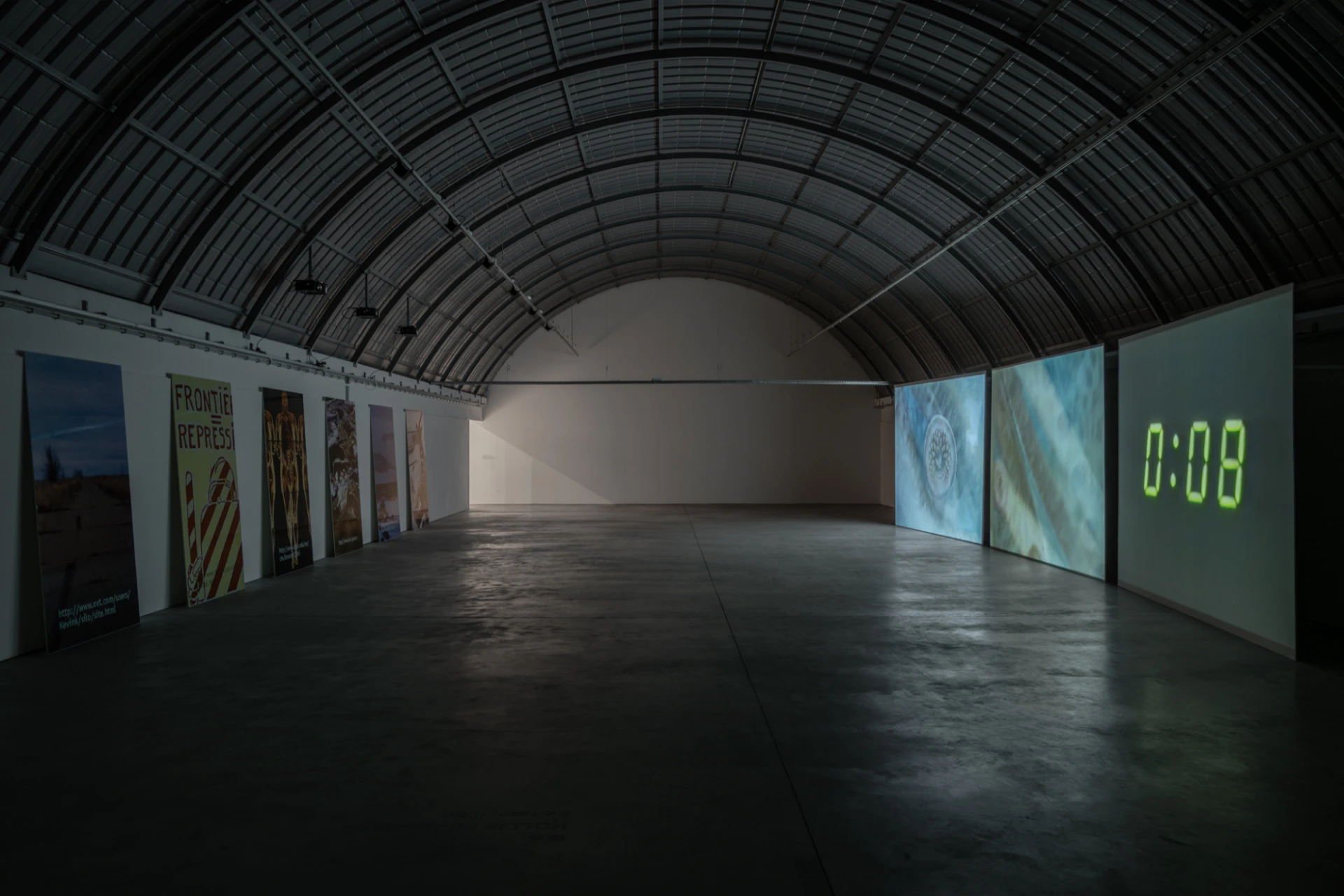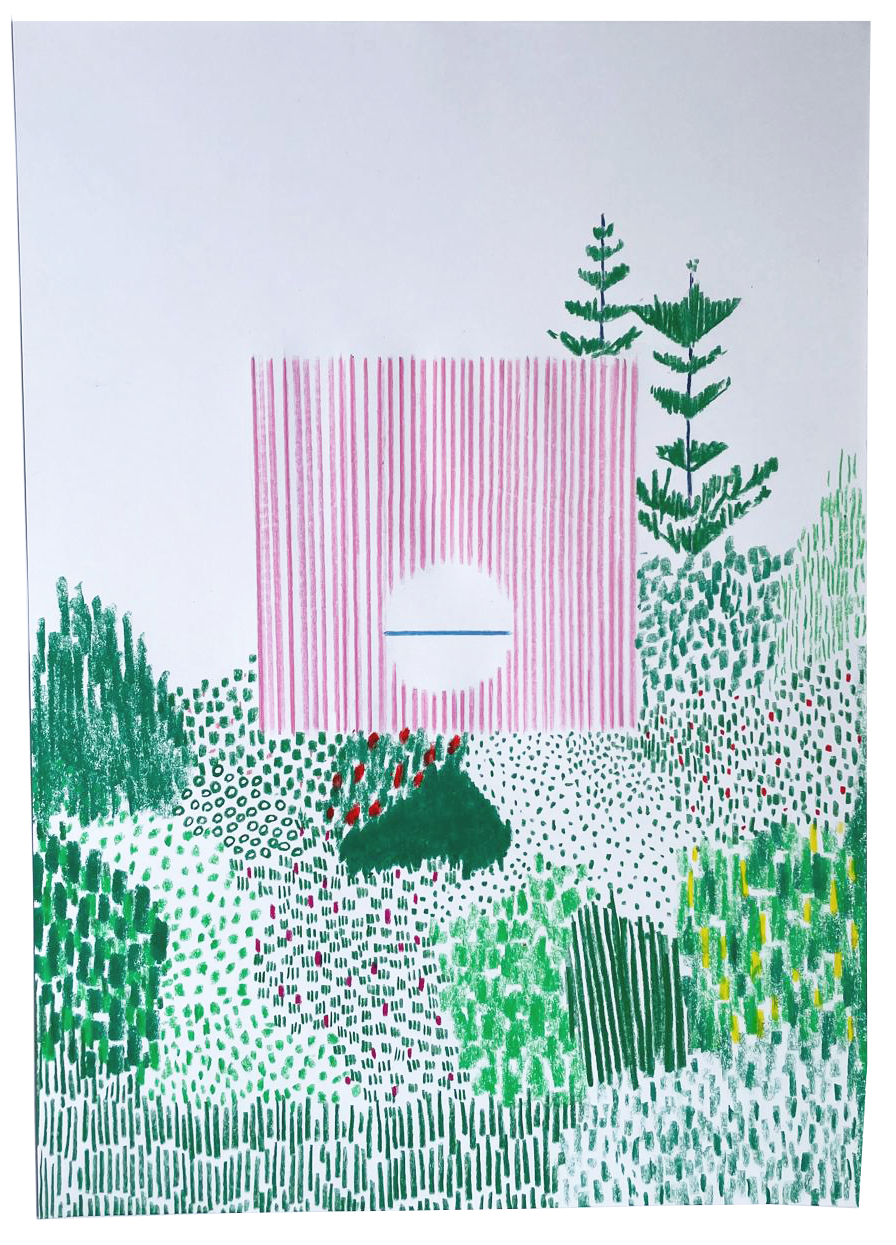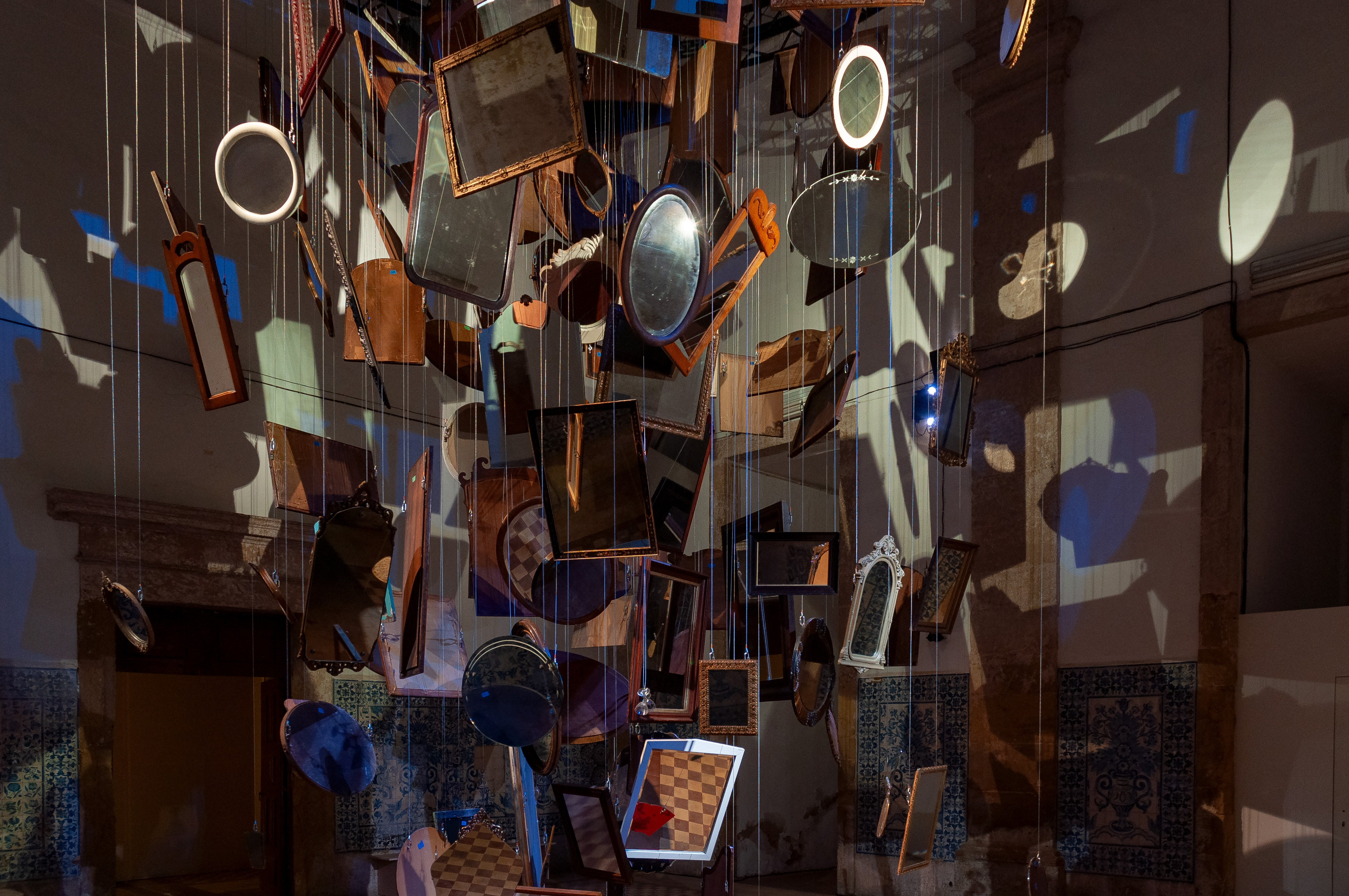At CLINK (Centro Comercial Bombarda, Porto) the exhibition Daciano da Costa – Da Forma no Espaço ao Espaço da Forma[1] celebrates the work of one of Portugal’s most acclaimed architects and designers. In a tribute to the holistic essence of Daciano da Costa (1930-2005), the show curated by Le Brimet (Curator and Creative Director) and Susana Chasse (Curator and Art Director), in collaboration with Atelier Daciano da Costa, is a reflection and a re-encounter of the public with the master and his innovative work in Portugal’s design history.
More than a retrospective on Daciano da Costa, Da Forma no Espaço ao Espaço da Forma reaffirms, through a meticulous selection and presentation of the material on display, Daciano’s contribution to design as an academic and professional domain. This opens up an analysis of his projects. With an educational nature, the unprecedented exhibition in Porto, which takes place twenty-one years after the last Daciano da Costa retrospective at the Calouste Gulbenkian Foundation in Lisbon, shows us, through the exhibition layout, the curators’ concern in physically materializing the author’s thought.
In a period of affirmation and legitimization of contemporary Portuguese design, where knowledge specialization is dominant, Da Forma no Espaço ao Espaço da Forma is not only a re-encounter with Daciano da Costa’s creative spirit, but, more importantly, with his work process, the materialization of his creative ideas and ideologies, immortalized in modernist objects with different scales, where industrial/artisanal processes explore new materialities and functionalities.
One of the decisive aspects in the exhibition is the importance given to the process, including thought, design and its materialisation, revealing someone who thinks and goes all the way through the process… this process from beginning to end that grants Daciano his timelessness[2]. Leaping into the roots of Daciano da Costa’s thought, and the behind-the-scenes of his creative act, we highlight the curatorial decision to show the daily exercise that is at the source of the final product, in a fruitful dialogue between the work and the methodology necessary for its completion.
Alongside the chronology set up for the exhibition, through which we can locate in Daciano da Costa’s artistic and professional career the creation of each piece on display in the central nucleus, we emphasise the moodboard, which shows the complexity of the process of each piece – original or re-edited – on display. The diverse nature of the gathered material – sketches, illustrations and studies, presentation drawings, technical drawings on tracing paper, diagrams, sketches and period photographs of the finished works – shows Daciano’s identity, of the thinker who conceived his pieces, and whose production he followed closely. The viewer can see the process, the search and the several steps in time, all required to arrive at the completed work.
Standing out in the central nucleus, and in dialogue with the moodboard, are some iconic pieces by Daciano da Costa: the author’s geometric reflection on form, visible in the Quadratura line table and chair – where linear metallic structures prevail -; the minimalism of the Alvor chair and the modernity and elegance of the Prestígio chair, with its steel structure and leather upholstery; without overlooking the appreciation of the traditional and manual process, as well as the strong connection with Portuguese craftsmanship. Evidence of this is the bunho stuffing of the Superligeiraand the regionally inspired Palace chair. Proof of Daciano’s versatile and creative formal grammar, where form follows function, favouring aesthetics over ethics, the works reveal to us another important aspect of the author’s work: the mastery of scale. This is visible not only in the furniture pieces, but also in the accessories. Examples are the purist geometry of the Palace ceramics; the irreverence of the Osaka cutlery; the enamel kitchen utensils system of the Donaline; the purism of the shapes in the interior accessories of the Pedra line; the pragmatism of the model system of Prática shelves and the palettes of the Penta tapestries. Design for context, created for the specific location, but also capable of surpassing expectations, asserting itself as a work of wholesale design – Total, Timeless and Authentic Design.
By revisiting Daciano da Costa’s thought and creative spirit, the pioneering work developed by the Atelier Daciano da Costa, led by his daughter and architect Inês Cottinelli, is also enhanced.
At CLINK, and part of the exhibition, we watch the documentary by João Filipe Silva and Marcus Amadeus, with creative direction by the curators. Inês Cottinelli reveals the purpose of communicating, disclosing, preserving and valuing Daciano’s work, showing it to the national and international public. The highlight is the re-edition as a way to communicate this today.
Organised and presented at CLINK, Da Forma no Espaço ao Espaço da Forma is an unprecedented show, where original pieces and re-editions, the documentary, drawings by the author, photographs and podcast show us the brilliance of the creative who designed forms for architectural space, opening a gap in culture for the affirmation of his forms.
Da Forma no Espaço ao Espaço da Forma is at CLINK until May 28.
[1] Inaugurated on February 19, the exhibition will be at CLINK until April 30, 2022.
[2] Quote from the intervention of the curator Susana Chasse during the guided tour to the exhibition, on March 19, 2022.
